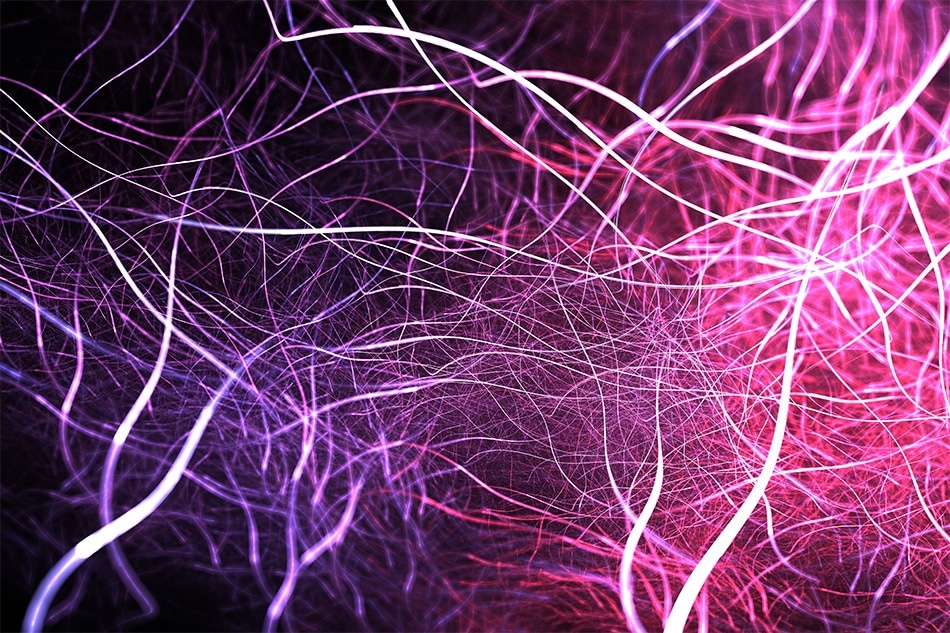
Photo-induced force microscopy (PiFM) is a new technique that hit the market last year (2016) and is now seen, in some respects, as an alternative technique to atomic force microscopy (AFM). Here, we take a look at the benefits of using PiFM with your samples as well as applications within this technology.
Rapid advancement in nanotechnology applications have meant that new techniques are required to not only characterise the morphology of materials, but to also analyse their chemical abilities, preferably with a high resolution and sensitivity.
PiFM is one such newly developed technique. Developed by the team at Molecular Vista, it uses principles similar to AFM, it is a technique that employs a high degree of chemical specificity, in a non-destructive manner, without the need for additives or labelling.
It is now set to be a powerful analytical method that could be used as an alternative to, or in conjunction with, AFM, to deepen the understanding of novel nanomaterials and help to facilitate the associated commercial, and technological, applications associated with such materials.
Benefits
PiFM has already been found to possess many benefits. Aside from the above, PiFM has the ability to detect samples within the near field, and has produced a microscopy technique which offers an easy and robust mode of operation compared to other microscopy techniques which rely on far-field detection.
Another benefit of PiFM is the lack of far-field background signal. Without this signal, the technique produces an excellent signal-to-noise ratio and is even true for low excitation powers and ultra-thin sample experiments.

 Interested in PiFM? Request More Information
Interested in PiFM? Request More Information
Unlike AFM, PiFM does not rely on a constant tapping mode. Instead, PiFM uses both non-contact and light tapping AFM modes, which offer an approach that is useful for soft samples (such as polymers) and for the production of an increased spatial resolution against AFM methods.
PiFM is also compatible over a range of excitation frequencies- from the visible to mid-infrared regions. The ability to operate over such a wide range has allowed PiFM to produce an imaging contrast at the nanoscale based around the electronic and/or vibrational transitions in the sample.
Applications
The ability to produce both the resolution seen with AFM, with an optical excitation of the sample, makes PiFM and exciting technique for the future. With it not being established for a long time, PiFM is only currently used for spectroscopic imaging of samples.
Within this area though, the imaging potential has been tested on a wide range of materials, including polymer blends, nano-fibers, homopolymers, polypeptides, block copolymers (BCP) and 2D materials.
Despite only being prevalent in one area at the moment, it has the potential to become a leader here, as well branching out into other applications once its potential is known and realised. It is definitely one that will come to fruition and be used more in the future.
One area of potential growth is in BCP materials, where the ability to image various regions, without the need for infiltration or staining techniques, has the potential to be useful for determining the domain shape and boundary profiles of BCP materials.
There are also future considerations to couple PiFM with other tomography applications for use in DSA and lithographic processes. PiFM has also been known to provide an analytical insight into the potential contaminants and unexpected structures within a sample, leading to the possibility of it being used for process improvement and defect reduction in materials.
Introduction to PiFM and hyPIR
Sources:
https://www.chem.uci.edu/~potma/JJSPIE16.pdf
https://events.umich.edu/event/34588
“Nanoscale chemical imaging by photoinduced force microscopy”- Nowak D., et al, Science Advances, 2016, DOI:10.1126/sciadv.1501571
https://molecularvista.com/
http://molecularvista.com/technology/pifm/
https://www.moles.washington.edu/
Image Credit: Shutterstock.com/JurikPeter
Disclaimer: The views expressed here are those of the author expressed in their private capacity and do not necessarily represent the views of AZoM.com Limited T/A AZoNetwork the owner and operator of this website. This disclaimer forms part of the Terms and conditions of use of this website.